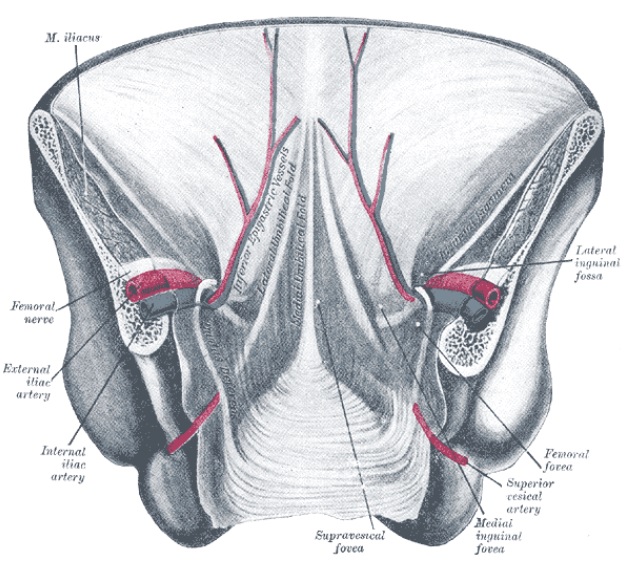How a little-known body part got a new name – and what it can teach us about fake news
Medical Pharmaceutical Translations • Apr 27, 2020 12:00:00 AM

In medicine, having a body part named after you is usually a great honor, a sign of someone’s contribution to the understanding and possibly healing of that aspect of anatomy. For PHD student Xander Toftness, on the other hand, it happened completely by accident.
In 2017, Toftness made a video for his educational YouTube channel. The video delves into the anatomy of the bellybutton, including a ligament that’s a remnant of a connection between a fetus’s bladder and its mother’s body. The official name “median umbilical ligament” seemed a bit boring, so to liven up his video, Toftness jokingly called it “the Xander ligament.”
Normally, it should have stopped there. But a few days later, Toftness discovered that “Xander’s ligament”, a version of his new moniker, had been added to the Wikipedia entry for “median umbilical ligament.” All right, Wikipedia articles can be written and edited by anyone, so it’s possible that the author simply made a mistake – after all, they weren’t a doctor or anatomist.
But while someone did eventually spot and remove the inaccuracy from Wikipedia, the term kept cropping up in medical textbooks and other official documents, including an article in a peer-reviewed medical journal.
Now, anyone who’s looking for the name of this body part is likely to find an incorrect but apparently medically-sanctioned response.
In addition to sharing a pretty funny story, Toftness also wanted to bring it to the internet’s attention to show how easily false information can find its way into very important sources these days. So the next time you’re looking for the name of an obscure body part, try to check it by looking at more than one source.
And by extension, take just about anything you read with a grain of salt.
Read on to learn more about how this medical misnomer occurred.
Contact Our Writer – Alysa Salzberg
